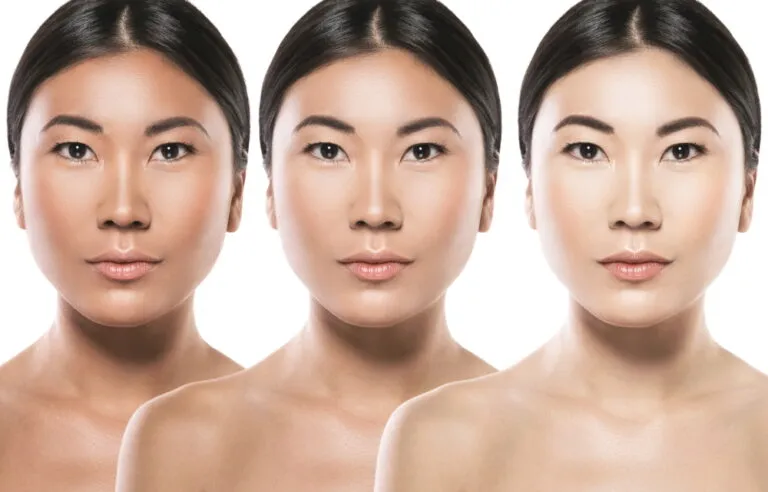What Causes White Scars and Treatment Options
Usually people do not focus on scars unless these scars are red and itchy. This happens when skin starts to heal and it’s perfectly normal. You don’t need to worry about such scars. But sometimes it can cause infection so you need to take care of differences of redness of scars. In general view, when blood vessels bring the blood into the affected area, it seems to be reddish because without proper circulation of blood, scars would not heal. Scars may also turn to be warm as the blood flown in to the infected area.
Injury and Inflammation
When new blood vessels begin to grow around the infected wound, it may also be a cause of redness of scars. These new vessels are vital for nourishment of tissues that result in the production of new fresh skin. These new vessels generate more blood flow than usual so this type of redness in no issue.
Pale scars or Darkened skin are difficult to treat viably. This redness of scars shows up along these lines because of over melanin generation. What is the reason behind this redness? scar tissue has less melanocytes, which make melanin, at that point typical skin. Red scarring happens in light of the fact that melanocyte generation in the harmed zone of the skin has been debilitated. In the event that an injury includes a slash that is something other than a shallow entrance of the skin, a large portion of the shade creating layers of the upper skin here would be harmed.
This requires the more profound layers of the skin underneath the injury to repair the harmed tissue. To begin the dermal repair process, the skin knits together collagen and elastin to construct new tissues and ensure veins underneath the harmed region. On the off chance that any vein harm happened, expanded measures of aggravation would go with the injury mending process. At the point when this happens, intemperate scarring, which is a mellow type of fibrosis, may happen as a result of the expanded skin harm and irritation.
Over melanin production
Regardless of whether you have a noticeable new or old scar, your first sense might be to sit in the sun to “even out” its shading, or attempt to “camouflage it” with a tan. Amusingly, sun presentation is the exact opposite thing your scar needs. Scars require extra care from sun’s UV rays as these scars are very sensitive to sun burn. Sun’s UV rays can cause the scars to turn red and more noticeable. Sun’s exposure not only causes the redness of scars but also it is the main cause of thickness of tissues and these thickened tissues can make a scar more clear and hard to treat in future. Cosmetic products that have melanin stimulating ingredients can also be the major cause of redness of scars as they can also disrupt the healing process of skin and can make the redness last longer than usual. Hyperpigmentation is more common after application of chemicals or cosmetics products on scars.
Sunblock-Best Option
No. Never specifically open your scar to sunlight. Ensure your scar is extremely shielded from sunlight when you go outside or sunbathe. This applies to a wide range of scars. Particularly old, extensive and extreme scars should be taken care of. As scars coming about because of an accident, surgery or consume wounds.
Alongside causing scar staining, sunlight additionally bargains the generation of collagen on scarred skin. The absolute most imperative factor for scar mending is to utilize sunscreen for scars to shield it from UV introduction, which causes aggravation and free radical development. This irritation disturbs the arrangement of new collagen and undermines the ordinary recuperating process.







